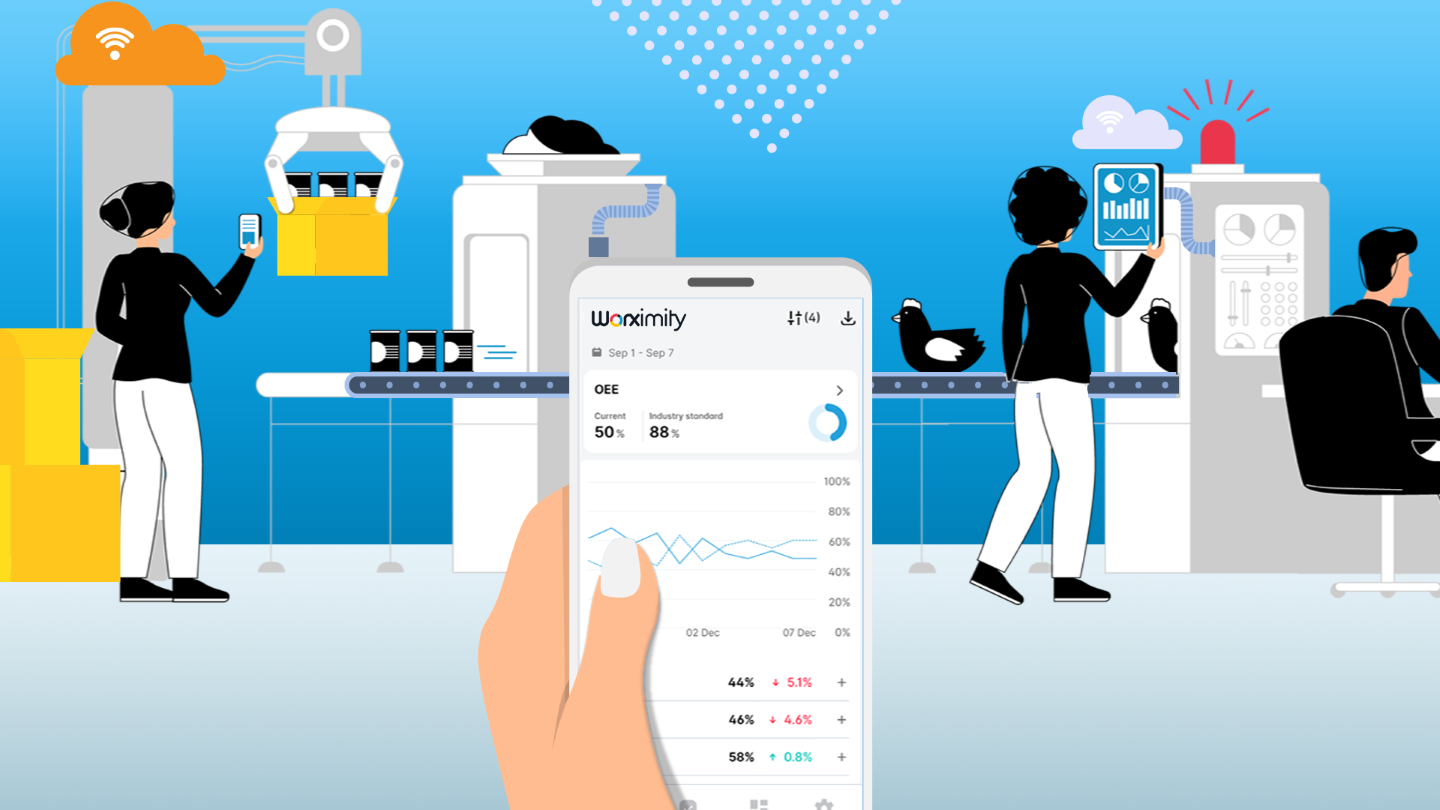Here we are. We have reached the article that concludes our mini series putting forth 4.0 practices intended to improve the performance of your facilities. So far, you've gained further knowledge on the meaning behind being a lighthouse, how to reach a similar status, how to scale your innovative projects and how to enable impactful value creation throughout this process. Then, what's left? What is the next step for manufacturers? This is what we will address in this final piece.
As many are reluctant about the future changes and challenges that will be faced with the Fourth Industrial Revolution, it is the responsibility of leaders to act responsibly and ensure a frictionless transition that avoids additional inequalities. McKinsey & Company said it best in their report: "They have the power to influence the outcome of Fourth Industrial Revolution and mitigate these risks with a proactive approach."
Actions Speak Louder Than Words
For the transition to be successful, concrete actions have to be taken by those in charge of driving this change. All while being aligned with the organization's goals, manufacturers can begin with the following:
- Augment, rather than replace, the operator: Instead of using technology as a mean to get rid of operators, entreprises should implement technologies that allow for operators to concentrate their efforts on value-adding tasks. By eliminating redundant activities, the workplace becomes more appealing and unique human-skills are put to greater use.
- Invest in capability building and lifelong learning: Your people will be at the centre of your success. Your 4.0 efforts will not succeed if the concept is not adopted from top to bottom of the ladder. With that said, you must prepare your workforce for this revolution by investing in proper training as well as perpetual learning. Your employees will then be best suited to take full advantage of the benefits associated with the Fourth Industrial Revolution.
- Diffuse technologies across geographies and include SMEs: To fully benefit from this Revolution, entire value chains and production ecosystems must be revamped and that is to be applied in all territories and with every SME. SMEs are said to contribute to 50-60% of value add in OCED countries.
- Address climate change challenge with Fourth Industrial Revolution technologies: Challenges related to global warming are imminent and cannot be disregarded. As manufacturers, it is your responsibility to take the required measures to limit your factories' emissions. By leveraging 4.0 technologies, energy efficiencies and yield can be improved while waste and emissions can be reduced, overall reinforcing competitiveness.
Obviously, implementing these changes is no piece of cake. Although it may be more tedious than it seems, when adequately executed and carried out, 4.0 technologies yields incredible results. By introducing your factory to technologies such as Worximity's TileConnect smart sensor and TileBoard software, you're already taking a step in the right direction. Real-time data collection allows you to constantly be aware of the state of your production lines and make the necessary adjustments to increase its performance and efficiency.







